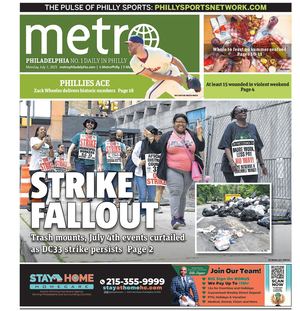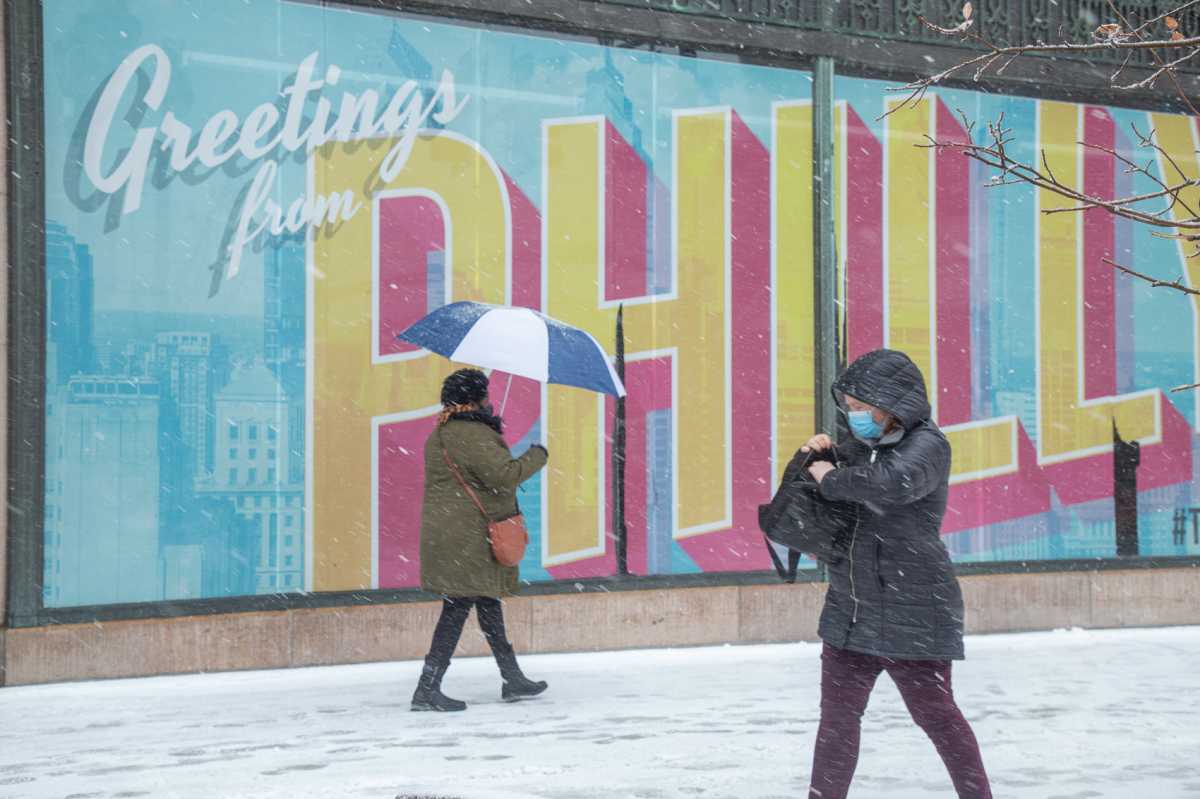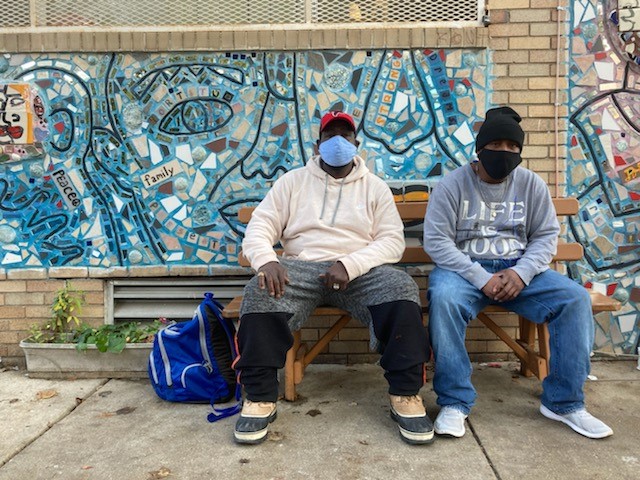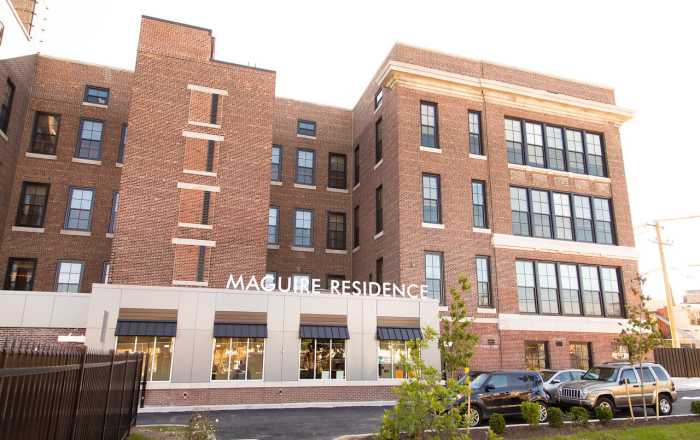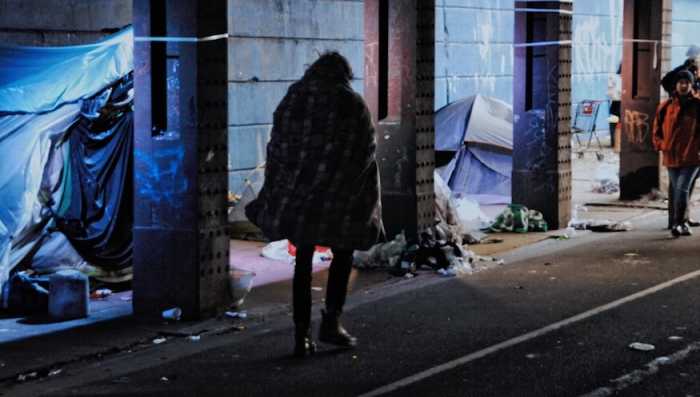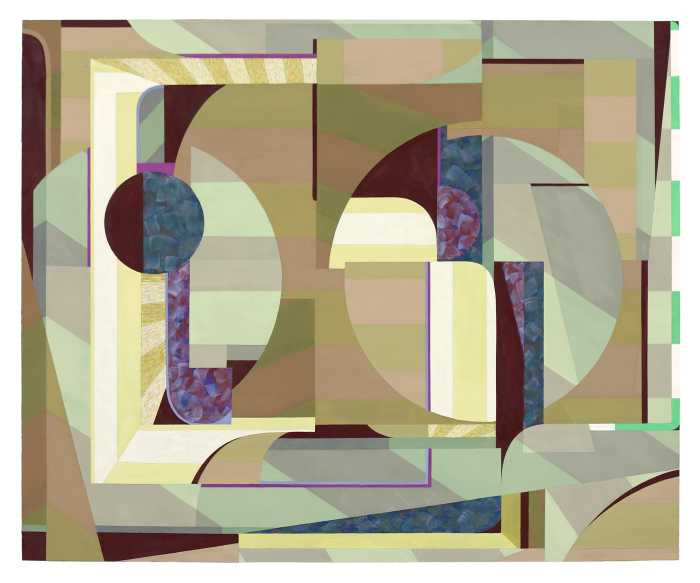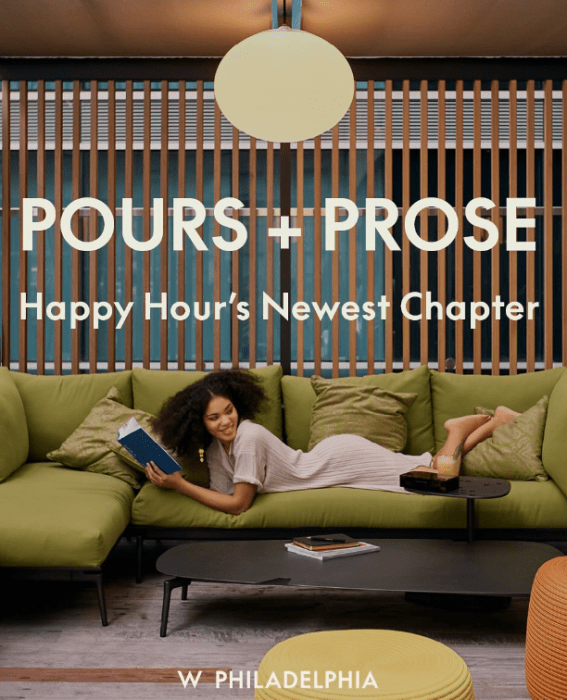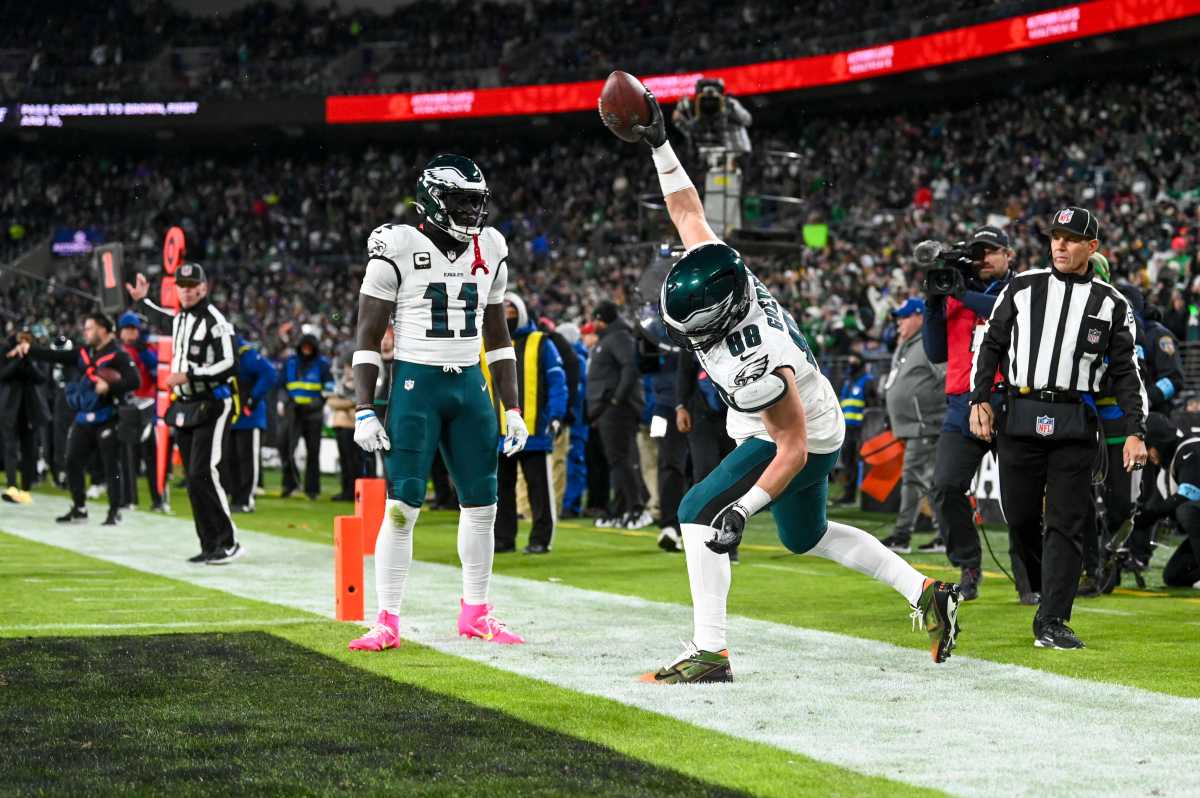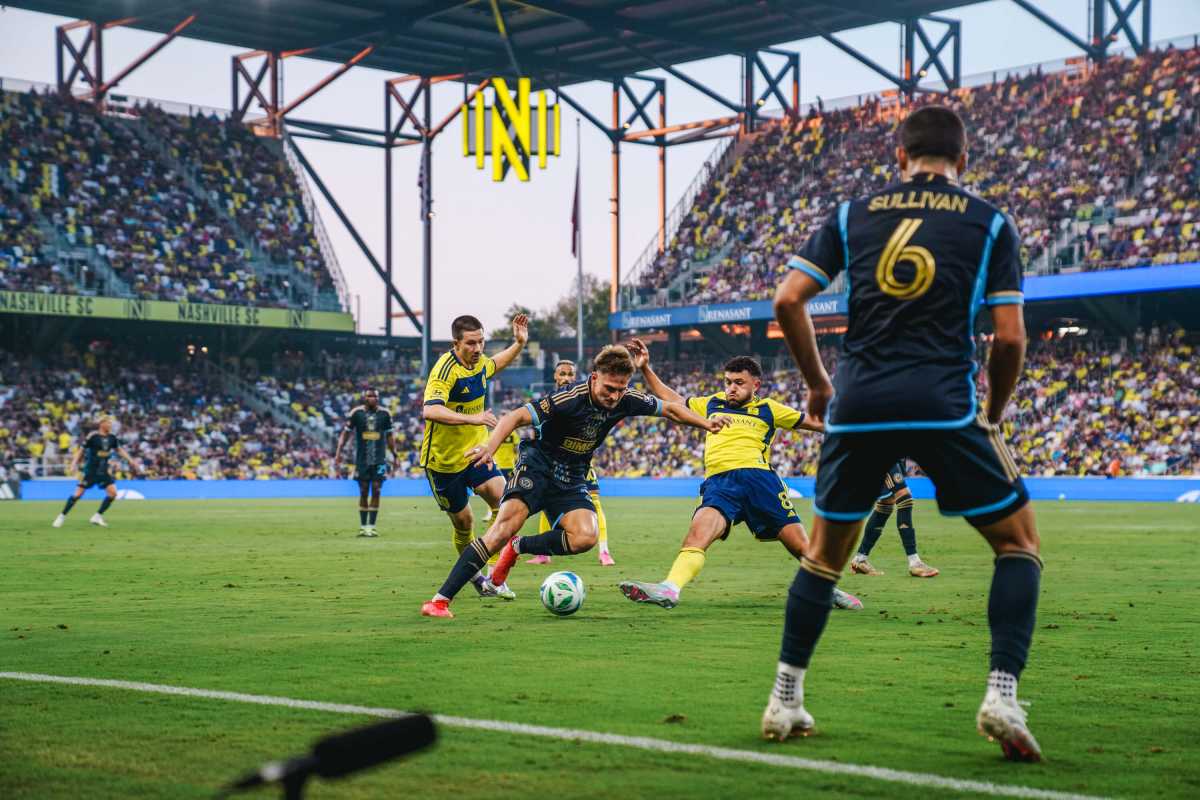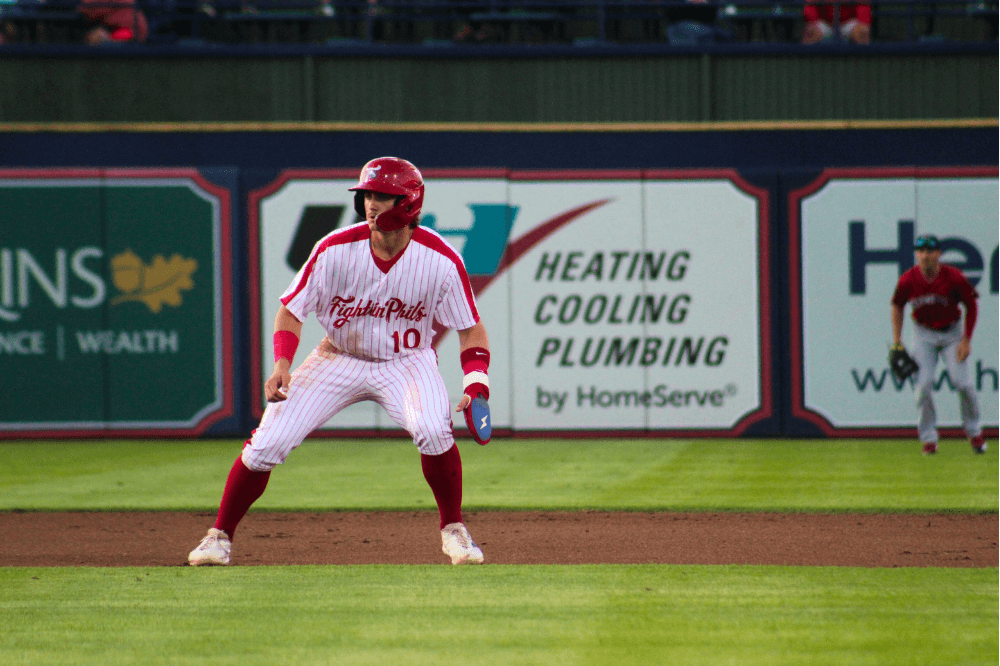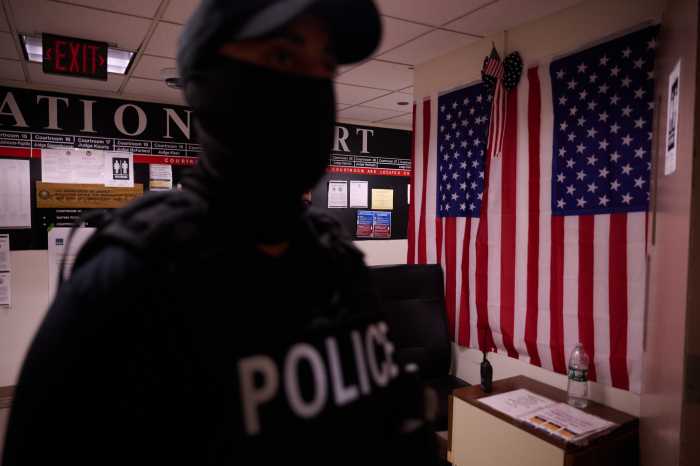In years past, people experiencing homelessness would be able to stop into Bethesda Project’s shelter for some warmth on a frigid night.
They didn’t need to sign up for a bed to use these “sit-up spaces,” which were activated during Code Blue days, when temperatures are dangerously low.
“With our space constraints, we can’t do that in a safe, social-distanced way,” said Misty Sparks, Bethesda’s director of entry level housing, in explaining why the service isn’t being offered this winter.
There’s usually a big push to get unsheltered individuals indoors in the colder months. And especially with Philadelphia’s recent weather, homeless nonprofits and municipal agencies have had to make significant alterations to accomplish the task.
Many shelters have had to reduce their bed capacity, though federal funding has been filling a lot of the gaps, officials said.
Outreach teams have had to begin screening people for the novel coronavirus, and the homeless population, concerned about viral outbreaks, has become more fearful of entering the shelter system.
All aspects of the city’s emergency housing apparatus are kicked into high gear when there is a Code Blue, which is declared when the National Weather Service calls for wind chills of 20 degrees or lower, or 32 degrees and lower if there is precipitation.
Project Home and the City’s Office of Homeless Services deploy additional outreach teams during a Code Blue, and shelters that typically close during the day remain open for 24 hours.
In some cases, outreach teams or first responders obtain a court order to hospitalize an unsheltered individual who cannot care for themselves due to a behavioral health issue.
There have been at least 21 Code Blue days so far this season, and OHS Director Liz Hersh said that number is on track to surpass last winter, when there was less than an inch of total snowfall.
Hersh said the outreach teams have had to retrofit their transport vans with plexiglass barriers. They’re also driving less people at a time and making more trips.
In addition, outreach workers have been assessing individuals for possible symptoms and directing them to medical care or quarantine space as needed, officials said.
“The outreach teams have really had to take on a public health function in screening people,” Hersh told Metro.
BEDS “DIFFICULT TO COME BY”
Sunday Breakfast Rescue Mission, which operates the largest emergency men’s shelter in the city, has had to cut its beds by about 65%, from 250 to 110.
It wasn’t a big problem for much of the pandemic because many homeless people were staying away, viewing the shelter system as a “last resort,” said Jeremy Montgomery, the organization’s CEO.
At times over the summer, when the Benjamin Franklin Parkway homeless protest camp was in full swing, SBRM was only serving 40 to 50 people. As the weather changed, so did the low demand.
“It’s only been because of Code Blue that we’ve actually reached max capacity,” Montgomery said.
Bethesda cut the bed slots at its large men’s shelter, Our Brothers’ Place, from 149 to 120, and it also slashed capacity at its various church-based shelter programs. Earlier this month, they were at 95% capacity, Sparks said.
“Beds are definitely difficult to come by,” Sparks added.
There are still some beds left throughout the city, Hersh said, thanks mainly to nearly $5 million allocated to Philadelphia through the federal CARES Act.
State leaders diverted $4.2 million in Emergency Solutions Grant funds to OHS in August, and, two months ago, it received another $500,000 earmarked specifically for Code Blue shelter access.
Hersh said the money has allowed Philadelphia to maintain a consistent number of beds even while many individual shelters have had to eliminate slots to allow for distancing.
“It’s been a winter where we haven’t turned people away and where we’ve really been able to offer more opportunities for people to come in,” she said.
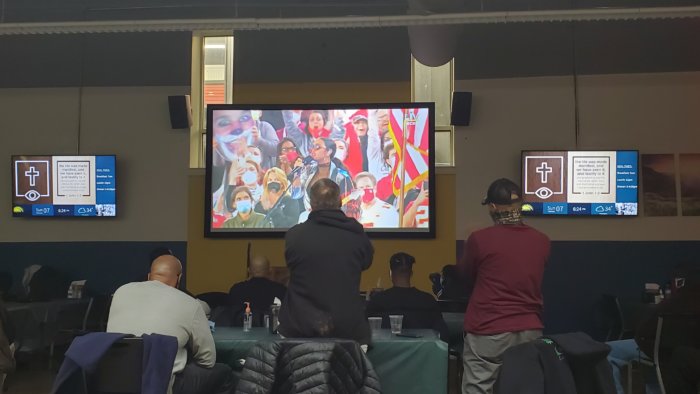
RISKING IT IN THE COLD
Since the first coronavirus case was confirmed last March, outreach workers have been coming into contact with unsheltered people who would rather risk life on the street than coming into a congregate setting.
Hersh said the city’s network of shelters has maintained a 2.6% COVID-19 infection rate. Facilities have installed bed barriers and, if an individual does have the virus, they conduct mass testing and move people into separate quarantine and isolation spaces, she said.
“We, of course, very strongly believe that being outdoors when it’s 17 degrees overnight is a much bigger threat to one’s health,” Hersh said.
Montgomery said SBRM purchased sanitation foggers and is using them to clean the dormitories and dining room.
Food is a major part of the experience at SBRM, with Montgomery boasting that the shelter served barbecued ribs, chicken wings and sides for the Super Bowl.
The organization, in normal times, serves three meals a day, both to people staying at the shelter and visitors. Volunteer groups are invited to help out with the distribution.
For now, to prevent COVID-19 spread, meals aren’t being served to visitors and outside volunteers are being kept away.
SBRM also tries to follow restaurant capacity limits, with two people sitting at 6-foot tables and multiple rotations of 50 people eating at one time.
“Naturally, shelters are going to be much more sanitary, much more safe, much more secure than living in the rough, out in the open,” Montgomery said.
Anyone worried about an unsheltered person during a Code Blue can call 215-232-1984 to access emergency services.
